Best
AFFORDABLE
VIOLIN PACKAGE
Gear4music An ideal first full-size violin
for beginners
-
Overall: Constructed from
high-quality tonewoods -
Best Feature: Smooth fingerboard allows for
easy hand position
changes -
TedScore™: 8.7/10
Best
INTERMEDIATE
VIOLIN
-
Overall: 4/4-size violin with a lightweight case, real brazilwood bow, and Schwarz rosin
-
Best Feature: Spruce top and maple back/sides have been aged over five years
-
TedScore™: 9/10
Best
BEGINNER
VIOLIN
-
Overall: Bold, bright tone, rich sounds with high-standard components of Ebony, Spruce, and Maple
-
Best Feature: No tuning worries with the easy-to-use Wittner adjusters
-
TedScore™: 9/10
Have you seen those number signs or fancy-looking small letter Bs beside the musical staff? These, my friend, are called key signatures.
These symbols at the beginning of each staff give you an idea of which notes will be sharp or flat throughout a piece.
Learning key signatures for violin is the same as learning key signatures for all instruments.
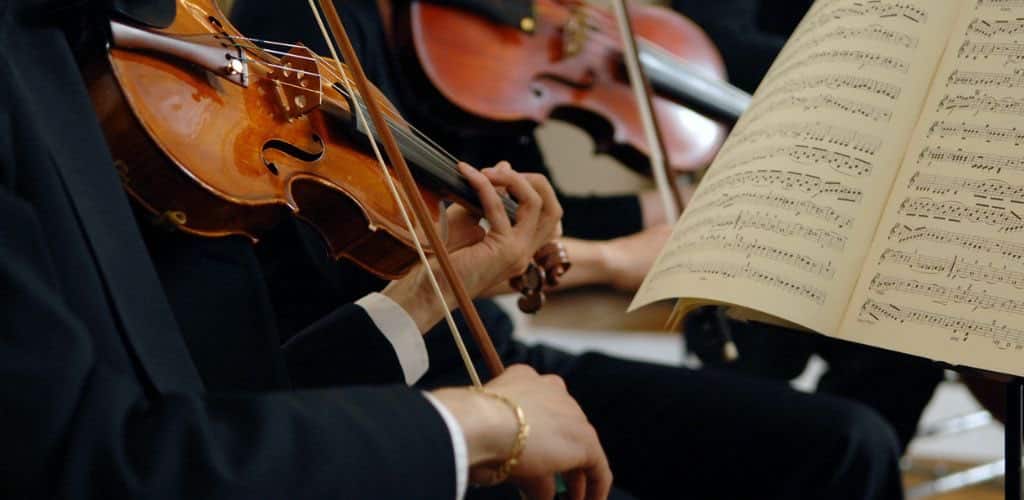
However, it may be challenging for some, especially for those still starting to venture into the musical world of violin. It might feel overwhelming (and confusing at times) to learn this part of the music theory because of the memorization that you need to do.
But don’t worry!
As a violinist who experienced what it was like to learn music theory and signatures, I’d be glad to help you with this.
Understanding key signatures is like getting a sneak peek at the language of music before you even play a note.
It’s an essential part of music theory that helps you grasp the mood and tonality of the piece you’re about to play, ensuring your performance is as expressive as it can be!
Fundamentals of
Key Signatures
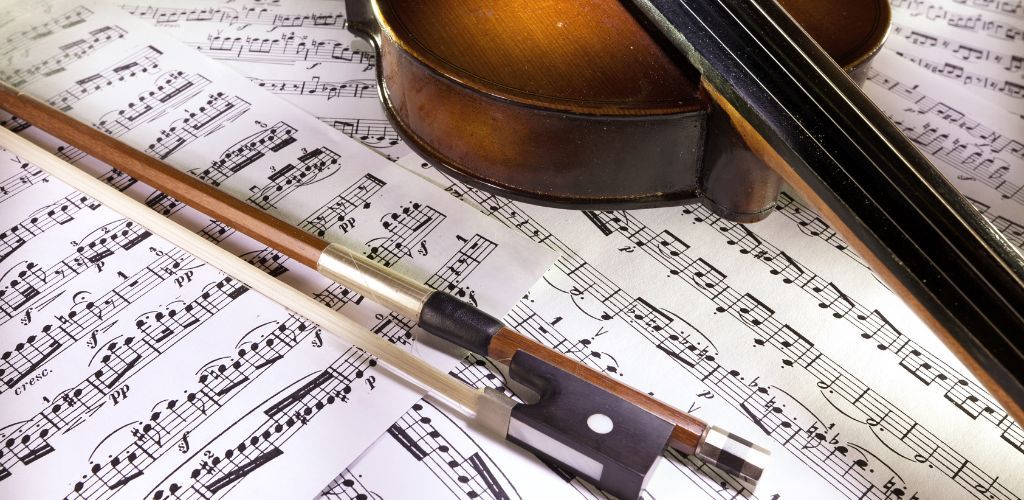
Are you ready to unlock the mysteries of those tiny symbols at the beginning of your sheet music?
Remember, they’re not just for show; they’re your guide to understanding the mood of any piece you’re about to master.
So, let’s talk about fundamentals!
Understanding Sharps and Flats
So, imagine yourself inside an elevator.
Sharps (♯) are your buttons for going up — they raise a note’s pitch by a half steps.
Flats (♭), however, are like the buttons for going down, taking you a half step down.
Each symbol tells you how many sharps and flats are in the piece.
When you see these symbols on the staff lines at the start of your music, they’re not random; each corresponds exactly to a specific note. Each tells you exactly what notes to play.
The Role of Key Signatures in Music
Key signatures define the harmonic and tonal characteristics of the musical piece you are about to play. It lets you know the emotion of the music.
Is it a cheery, bright major key or a soulful, introspective minor key?
Notation of Key Signatures on Staff
Now, let’s map it out.
You can find the key signatures right after the clef symbol, flirting with the treble clef on your violin sheet music.
Pay close attention to the staff lines where these sharps or flats sit—they’re like little guards, guarding the gates to each note’s altered state.
In this part, I highly encourage you to remember the circle of fifths; it’s a nifty shortcut to predicting which sharps or flats will be next!
Key Signatures
Specific to Violin
Exploring key signatures is essential for you as a violinist.
Understanding notes and reading them will make reading violin sheet music and sight-reading much more intuitive and enjoyable.
Common Key Signatures for Violin
In your musical journey on the violin, certain keys pop up more frequently than others.
The major scales G major, D major, and A major, with one, two, and three sharps, respectively, are the darlings of violin repertoire because of their comfortable fingering positions.
G Major (1 sharp): F♯
D Major (2 sharps): F♯, C♯
A Major (3 sharps): F♯, C♯, G♯
Conversely, the C major scale, with its key signature without sharps or flats, offers a clean slate on your music sheets.
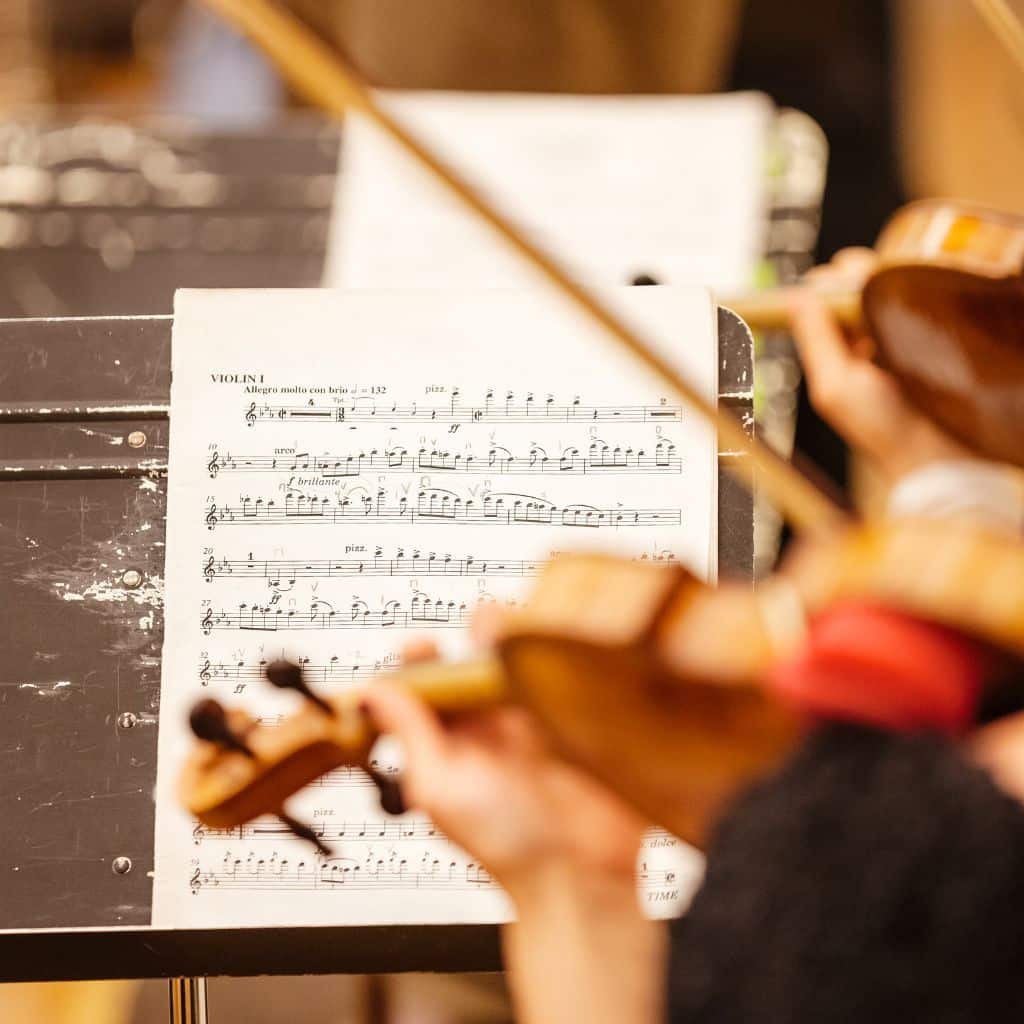
The E major scale (4 sharps) and B major (5 sharps) might appear as you progress, challenging your dexterity with more complex finger positioning.
Reading Violin Key Signatures

Spotting the key signature at the beginning of your sheet music is essential.
Remember: the clef dictates the pitch range, and the treble clef is your home base for the violin.
The key signature affects every note throughout the piece unless otherwise indicated by accidentals (those tricky sharps, flats, and naturals within the bars).
Sharpen your skills in recognizing these patterns quickly to enhance your sight-reading prowess.
Violin Fingering and Key Signatures
Each key promotes a unique hand shape and position shift, which you’ll master over time. Let’s outline the relationship between different keys in this simple table:
- G Major
- D Major
- A Major
- E Major
- B Major
- Natural, Relaxed
- Slightly Extended
- Extended
- Extended; Careful intonation
- Highly Extended; Complex
- Minimal
- Occasional for high F# and C#
- Frequent for high notes
- Frequent and Dexterous
- Advanced Shifting
Every key signature on the violin demands a specific approach to finger placement.
As you become more familiar with these, your fingers will instinctively know where to land.
Practice and Performance
Knowing the sharp or flat signs is one thing, but it’s different when you master them.
Mastering key signatures on the violin is like learning the secret handshake of a secret society. It unlocks the doors to a more confident performance.
Incorporating Key Signatures into Practice

When you practice, make the metronome your new best friend!
Consistent practice with this tool can significantly improve your timing and familiarity with various key signatures.
Begin each practice session by warming up with scales and arpeggios in the key signature of your upcoming pieces.
This tactic not only sharpens your sight-reading skills but also helps embed the key’s fingering patterns into your muscle memory.
Student Full-Size Violin by Gear4music
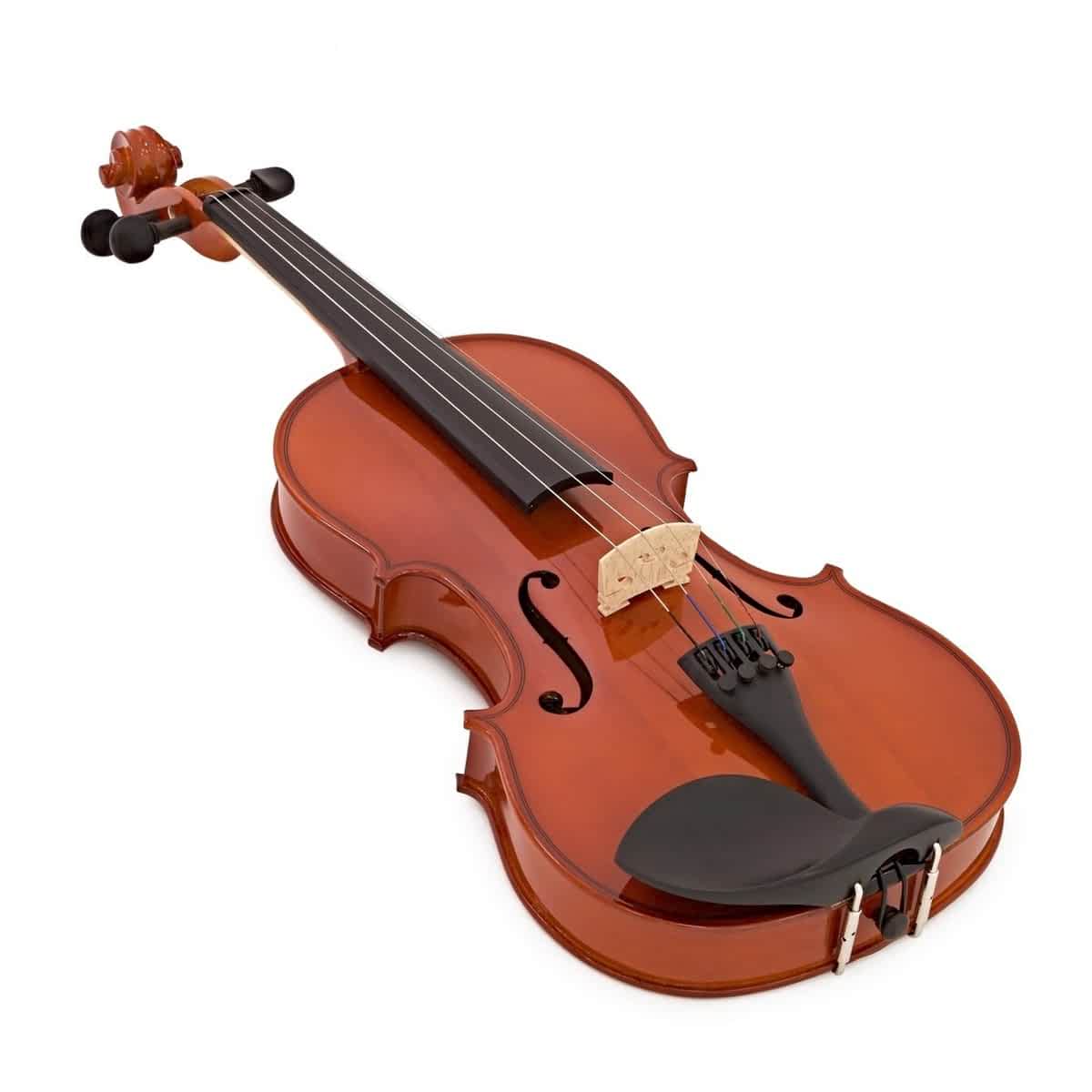
FEATURES: Constructed from high-quality tonewoods
OTHER INFO: traditional maple and spruce construction provides a warm and authentic tone
- Fine tuners allow for fast and stable tuning
- Includes a bow, hard foam case, and rosin
- No Cons at all!
When you click ‘Check Price’, you’ll see there are loads of great places to buy this item. Our personal favorite is Sweetwater for the US, and Thomann and Gear4Music for the UK & Europe.
They are the largest music retailers, with excellent customer service, competitive prices, really fast shipping, and the longest guarantees.
The professional musician who wrote this article combined many things,
from the product build, manufacturer’s reputation through to feedback
from other users, to create our famous TedScore™.
Importance of Key Signatures in Performance

Imagine walking on stage, violin in hand, heart racing—knowing your key signatures are your guardian of peace against anxiety.
A solid understanding of your musical piece’s key signature lets you focus on expressive performance techniques rather than fret over note accuracy.
Your agility across the fingerboard will convey confidence, allowing the music to flow with the intended emotion and skill.
So when you bow that first note, it’s not just pitch-perfect; it will be powerful!
Advanced Concepts
and Tools
Now, after talking about the basics, let’s proceed to the advanced portion.
Exploring advanced key signature concepts elevates your violin play to new heights!
Key Signature Tools and Resources
Circle of Fifths
Your journey into advanced music theory is incomplete without mastery over the circle of fifths.
This visual tool lays out major and minor keys in a way that reveals their relationships, guiding you to seamless modulations.
Books or Online Apps

A practical library of scales and exercises is vital.
Look for books or online databases that categorize pieces by key signature, facilitating targeted practice.
Sight-reading apps can swiftly acquaint you with less familiar keys, cementing your knowledge through active use.
Metronome
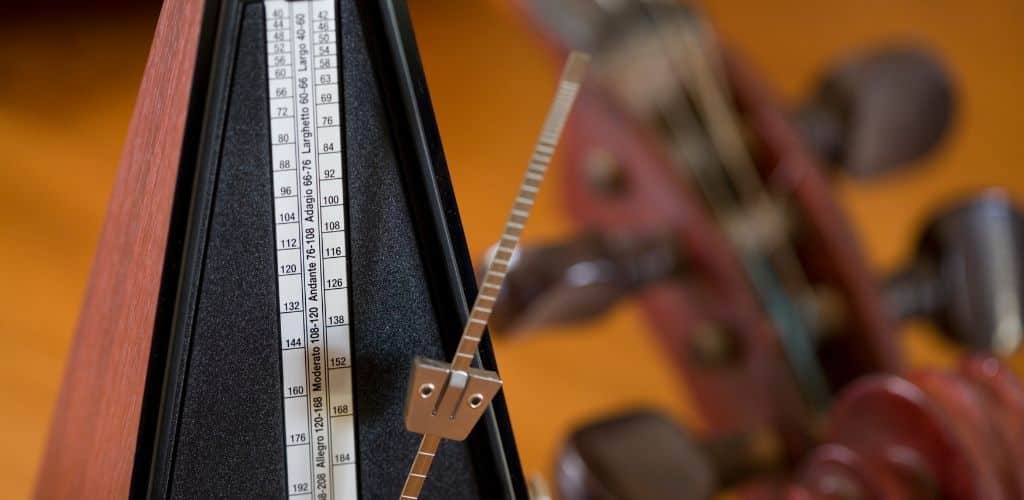
Investing in a quality practice tool, such as a metronome app with an option to choose a different time signature, can refine your sense of rhythm.
Importantly, you’ll grasp how different time signatures interact with key signatures, making complex pieces more approachable.
Yamaha V3 Series Student Violin Outfit

FEATURES: Bold, bright tone, rich sounds with high-standard components of Ebony, Spruce, and Maple
OTHER INFO: No tuning worries with the easy-to-use Wittner adjusters
- Includes case, bow, and rosin
- Register for a 5-year extended warranty and 3-month Tomplay Premium
- Some users may prefer different strings or accessories
When you click ‘Check Price’, you’ll see there are loads of great places to buy this item. Our personal favorite is Sweetwater for the US, and Thomann and Gear4Music for the UK & Europe.
They are the largest music retailers, with excellent customer service, competitive prices, really fast shipping, and the longest guarantees.
The professional musician who wrote this article combined many things,
from the product build, manufacturer’s reputation through to feedback
from other users, to create our famous TedScore™.
Exploring Advanced Key Signature Topics
Relative Minor Scales
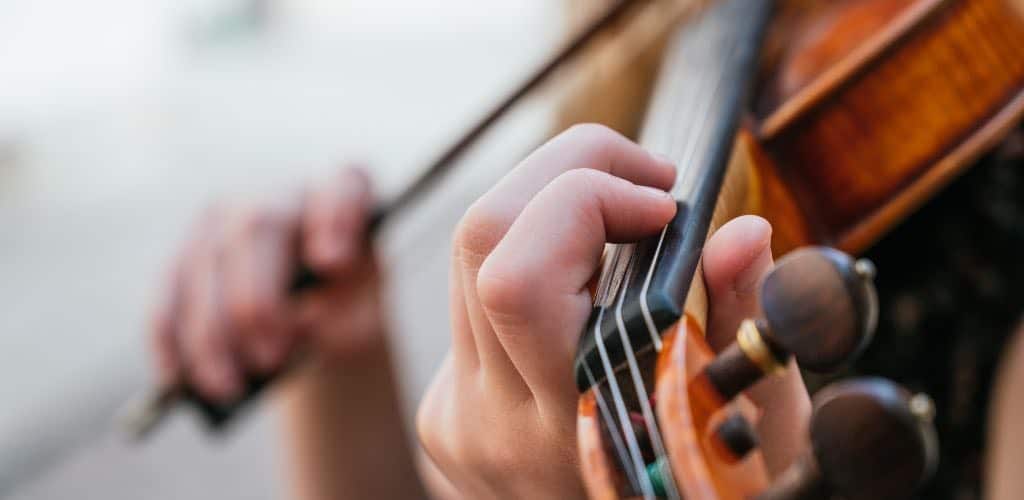
Understanding relative minor scales is another advanced thing you need to know if you want to improve your playing of violin key signatures. They are game-changers!
Learn how each major key hugs its relative minor—this duality enhances your emotional expression on the violin.
Familiarize yourself with pieces that employ these scales to appreciate their subtle shifts in mood.
Rhythm

Sophisticated compositions often mix various keys and time signatures, offering a fun challenge for deepening your rhythmic finesse.
Make it a point to have practice sessions that explore time signatures while incorporating the major key signature and minor key signature.
Don’t be afraid to explore uncharted territories when you practice; virtuosos started like how you started!
Yamaha AV7-44SG Student Violin Outfit

FEATURES: With harmonically rich tonality, thanks to tonewoods aged for over five years
OTHER INFO: With high-quality components such as a Wittner Ultra tailpiece
- Professionally adjusted and set up with premium Helicore strings
- 4/4-size violin with a lightweight case, real Brazilwood bow, and Schwarz rosin
- Expensive as compared to other violins for beginners
When you click ‘Check Price’, you’ll see there are loads of great places to buy this item. Our personal favorite is Sweetwater for the US, and Thomann and Gear4Music for the UK & Europe.
They are the largest music retailers, with excellent customer service, competitive prices, really fast shipping, and the longest guarantees.
The professional musician who wrote this article combined many things,
from the product build, manufacturer’s reputation through to feedback
from other users, to create our famous TedScore™.
Key Signatures for Violin:
Let's Recap!
When you’re looking at sheet music, key signatures guide you through each piece. They’re like a map, telling you which sharps or flats will consistently appear.
Understanding key signatures is crucial for playing violin melodies accurately. They are grouped together at the beginning of the staff.
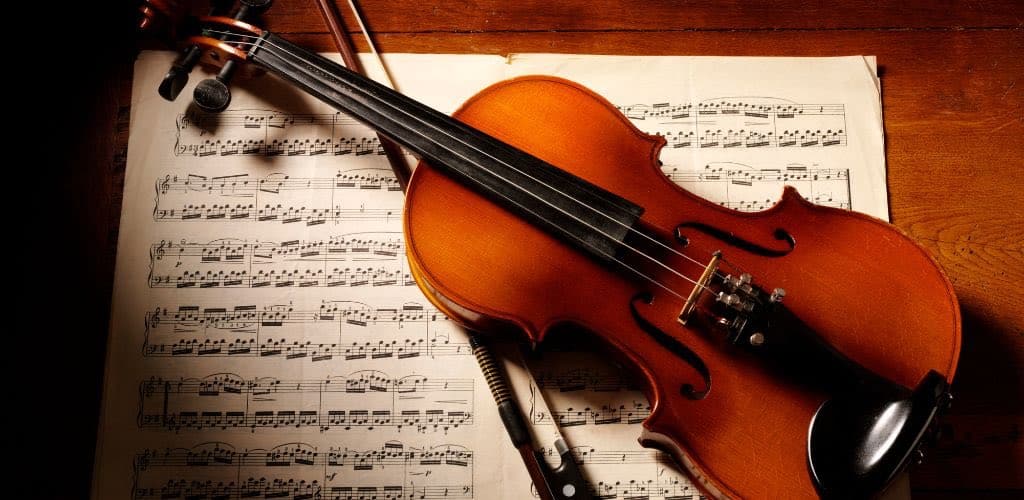
If you see a sharp (#), tiptoe up a half step for those notes (not a whole step!). Now, if you spot a flat (b), simply glide down a half step when you encounter them.
Your violin strings resonate beautifully when you play in tune with the key signature. Memorize them, and you’ll avoid any surprise notes popping up!
Here’s a handy reference for you to easily remember:
- C Major
- G Major
- D Major
- A Major
- E Major
- B Major
- None
- F#
- F#, C#
- F#, C#, G#
- F#, C#, G#, D#
- F#, C#, G#, D#, A#
And don’t forget about the minors. Although they share key signatures with their major counterparts, each has its own mood and color to explore with your bow.
Key signatures unleash a world of expression under your fingertips. Embrace them, and your violin will sing with the music’s intended emotion.
Happy playing!
But before you play…
What good does it have if you know about major keys and signatures if you don’t have a violin to play it with? If you’re curious or perhaps looking for a good violin and you’re wondering how each one costs, this next article is for you!
FAQ's
The key signatures for violin are the same as those for any other instrument tuned in C major, ranging from multiple sharps (e.g., G major with one sharp) to multiple flat keys (e.g., F major with one flat). Violin music can be written in any key signature, allowing for various tonalities and expressions.
The key signs or signatures on violin music indicate the sharps or flats that will be consistently applied throughout a piece, with each key signature corresponding to a specific major or minor scale. For example, a key signature with one sharp is typically G major or E minor, while a key signature with one flat is usually F major or D minor.
Violins are not fixed in any one key signature; they are versatile instruments capable of playing in any key signature. The music written for violin can range from pieces with no sharps or two flats, (C major/A minor) to those with multiple sharps or flats, depending on the composition.
Violin sheet music can be written in any key, with the key signature at the beginning of the staff indicating which sharps or flats are to be played throughout the piece. The choice of key depends on the composer’s preference and the piece’s tonality, allowing for a diverse repertoire across all keys.




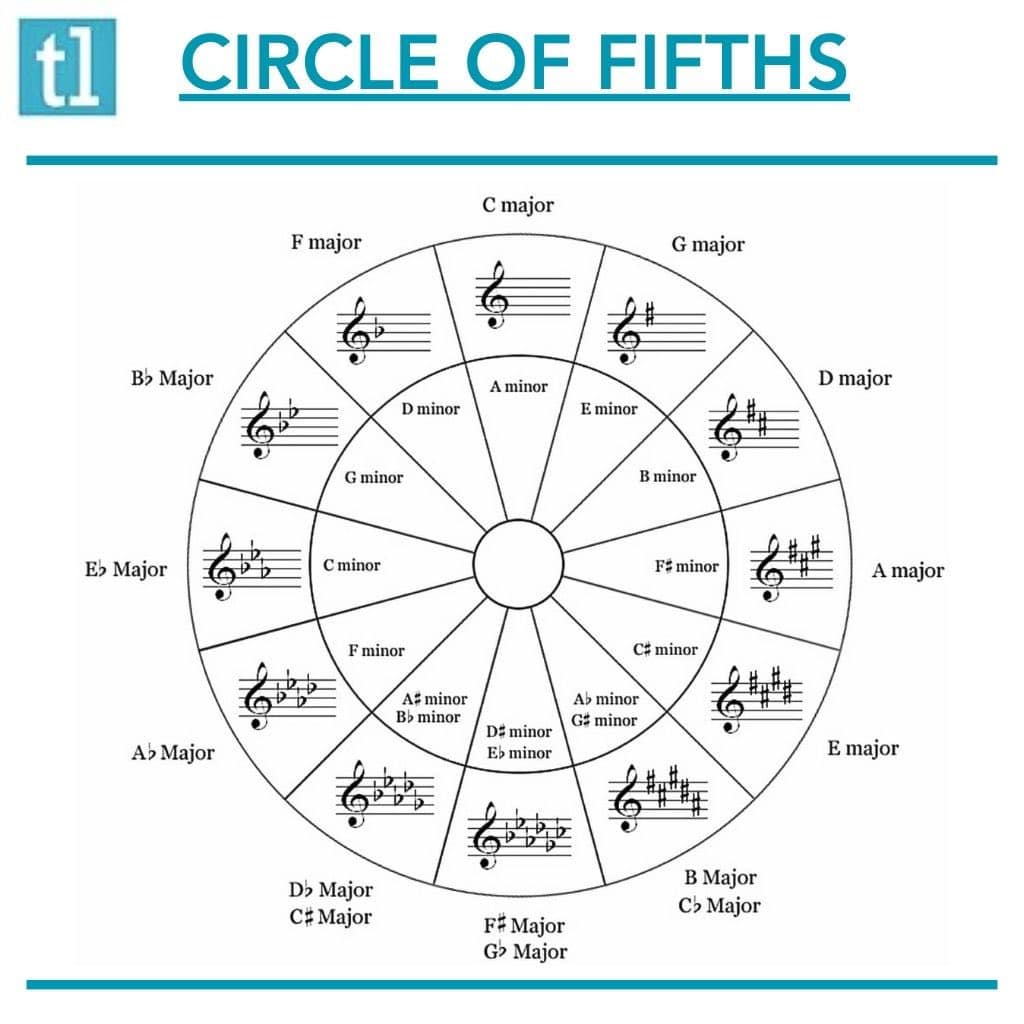
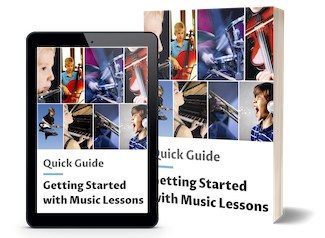





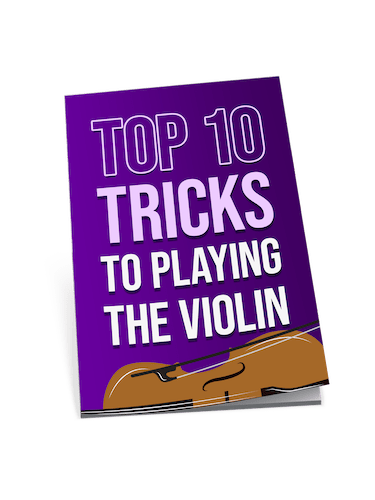
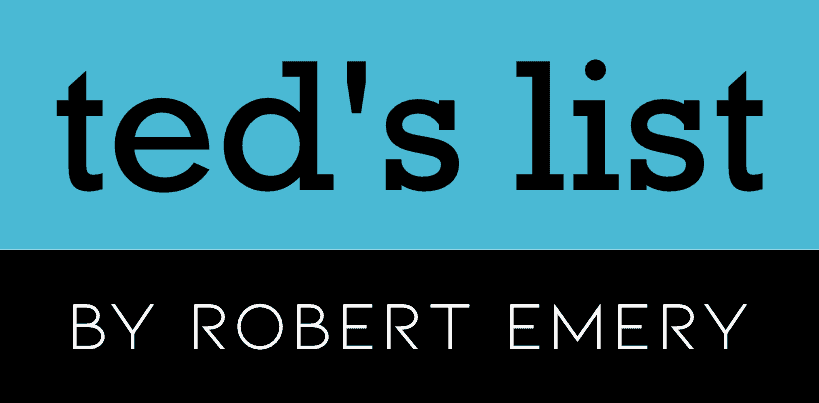
I have to say, while the article does a decent job of simplifying key signatures for beginners, I think it somewhat glosses over the importance of understanding why certain key signatures are used more frequently for the violin. It’s not just about ease of playing or what’s comfortable; it’s deeply rooted in the historical context of the music written for the instrument and the harmonic relationships that composers are looking to exploit. Would love to see more on this topic, especially in relation to baroque and classical periods where the violin really came into its own.
Absolutely loved the section on incorporating key signatures into practice. I’ve found that playing scales in different key signatures before starting my actual practice session makes a huge difference in how quickly I can pick up new pieces. Also, the part about violin fingering and key signatures is gold. Fingering is something I’ve struggled with but seeing how it’s affected by key signatures really puts things into perspective. Thanks for the resources!
totally agree with you! the part on fingering was a game changer for me.
hey Robert Emery, just started learning violin and im kinda confused abt the circle of fifths thing. like how do i even start understanding it when everything in music theory seems so complicated? does it get easier with time or whats the trick to getting it?